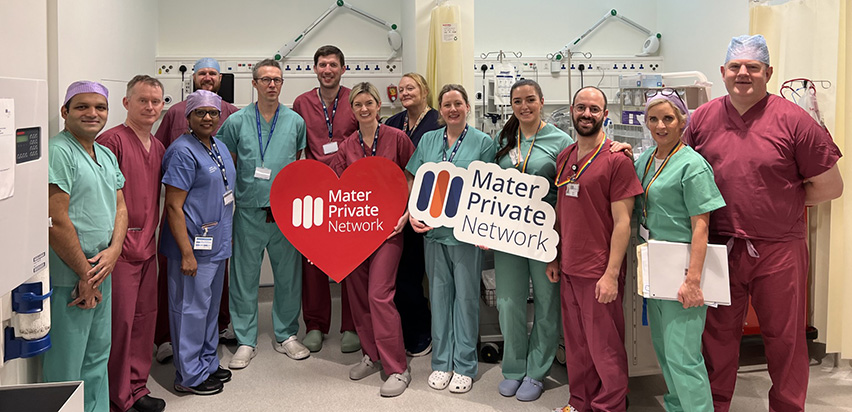Vitrectomy
Contact Us
Please note a referral letter is required before an appointment can be confirmed.
Useful Information
About this service
Vitrectomy is a surgical procedure used to treat retinal disorders.
The vitreous is a jelly like transparent substance that fills the centre of the eye. It is composed mainly of water and gives the eye its form and shape.
Blood, inflammatory cells, debris and scar tissue in the vitreous will obscure light as it passes through the eye to the retina, resulting in blurred vision. If this happens, a vitrectomy may be performed to clear blood and debris from the eye, to remove scar tissue or to alleviate traction on the retina. The vitreous may be removed if it is pulling or tugging the retina from its normal position.
After the procedure, the vitreous is replaced naturally as the eye secretes aqueous fluid.
- Rapid access to retinal services - 90% of referrals are offered an appointment within 24 hours.
- Fast access to diagnosis and treatment is key to limiting vision loss.
Vitrectomy is typically performed under local anesthesic as a day case, although some patients may have a general anaesthetic.
Common eye conditions that can require vitrectomy include:
- Complications from diabetic retinopathy (retinal detachment or bleeding)
- Macular hole
- Retinal detachment
- Pre-retinal membrane fibrosis
- Bleeding inside the eye (vitreous hemorrhage)
- Injury or infection
- Problems related to previous eye surgery
During surgery your retinal surgeon may also use other techniques along with vitrectomy to treat the retina, if required. This could include:
- Sealing blood vessels – laser is sometimes used to stop tiny retinal vessels from bleeding inside the eye.
- Removal of scar tissue or membranes
- Scleral buckling – placement of a support positioned like a belt around the walls of the eyeball to maintain the retina in a proper, attached position.
- A small gas bubble may be placed inside the eye – to help seal a macular hole or retinal detachment. This bubble may last from one to three months, until it dissolves. When the eye is filled with gas, the vision is very poor. Patients can sometimes see better while looking straight downward and holding an object just a couple of inches from the eye. As the gas bubble becomes smaller, you will see it shrinking towards the bottom of your field of vision. It may cause glare and double vision, especially when it is about halfway reabsorbed. When the bubble becomes rather small, it tends to break up into a few smaller bubbles before disappearing altogether.
- Silicone oil – sometimes used instead of gas to keep the retina attached post-operatively. The silicone oil remains in the eye until it is removed (often necessitating a second surgery at a later date). This technique is advantageous when long term support of the retina is required, for instance in the repair of very complicated retinal detachments. Unlike with a gas bubble, you are still able to see through clear silicone oil.
It is common to experience some discomfort immediately after the surgery and for several days afterward. This is primarily related to swelling on the outside of the eye and around the eyelids. A scratchy feeling or occasional sharp pain is normal.
Redness is common and gradually diminishes over time.
Some patients may notice a patch of blood on the outside of the eye. This is similar to bruising on the skin and slowly resolves on its own.
The are a number of instructions which need to be followed post-procedure. These will be discussed with you or a nominated person and may include:
- Taking eye drops as prescribed
- Taking pain relief as prescribed
- No heavy lifting, bending or stooping for at least one week
- Wearing a plastic eye shield when sleeping for the first seven days following surgery
- Keeping your face dry – keeping your head out of the shower and only washing your face with a damp cloth for the first week










